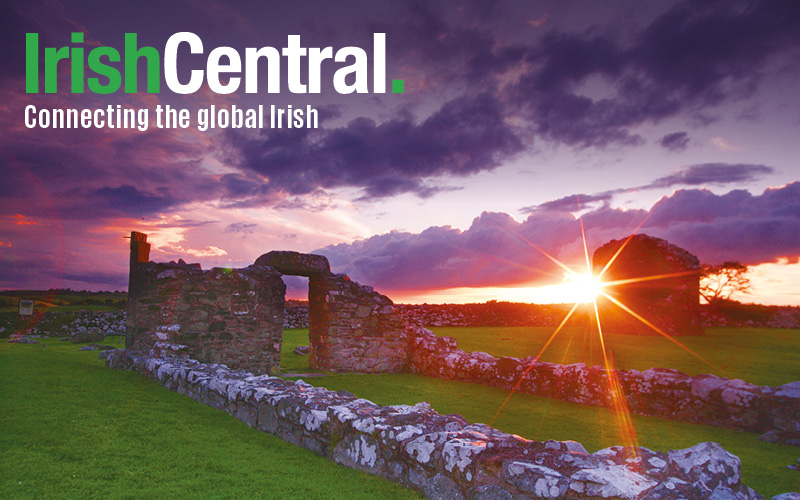Irish Catholic lives in American during the era of the so-called "orphan trains" shows that things can in fact get worse.
As thousands poured into the streets last weekend to protest the treatment of migrants and their children, it’s hard to ignore the timing. This all unfolded as America celebrated its 242nd birthday, on July 4.
To many, it seems like some crucial aspect of the American experiment, of American identity, is being tested. Perhaps it is.
But in some ways, we have been here before -- desperate immigrants and their innocent children, forced to separate in a strange, new land.
Many have noted that at the terrible heights of the Great Hunger, many Irish families were separated, whether at departing ports in Cork or Liverpool, or after dying on coffin ships, or when they finally landed in the U.S.
But it was actually decades after the Famine that Irish Catholics and other immigrant families faced a more systematic threat. No, it was not from a government agency bent on using family separation and detention centers as a tool to deter future immigrants from coming to the U.S. illegally. That is what’s happening now and, yes, it is messy and ugly.
But the isolation and alienation being felt by children, now and about 100 years ago, was pretty much the same, whether that child was born Guatemala of the slums of Hell’s Kitchen.
And here’s the disturbing news. Looking back at some of the darker moments of Irish immigrant history reveals to us that while what we are seeing right now is bad, things could actually get worse, and not merely for the families.
We know this is an angry time in American history. Seeing the chanting throngs in the streets is a reminder that this could all get ugly and violent quite quickly. A debate about how families should be treated could swiftly turn into a clash of racial and religious rage.
That, after all, is what happened in one of the more notorious incidents involving Irish Catholics in America during the era of the so-called “orphan trains.”
Read more: Nearly 300,000 Irish children transported from New York to rural America
In the early 20th century, many Irish and other Catholic children lived in dire circumstances. Sometimes their parents died young, or simply abandoned them.
Many Catholic charities sprung up to deal with these massive social problems. But also stepping into the void was a man named Charles Loring Brace, a Protestant missionary who would pay to ship urban orphans to the open spaces of America, far away from the ills of the big city.
And if those Irish Catholic orphans ended up with upstanding Protestant families, well, all the better (Loring believed) that the soul of a Papist was converted and saved.
One of the nastier incidents of this era took place in the early 1900s and involved Irish children, among them Jerome Shanley and Katherine Fitzpatrick. They were both abandoned by their families and ended up in the New York Foundling hospital, which had been created decades earlier by Sister Mary Fitzgibbon to care for immigrant children who ended up separated from their families. One reason the Foundling hospital was created was to keep Catholic orphans out of the hands of Protestant missionaries.
So, young Jerome and Katherine did not end up on any orphan trains but they were sent away from New York. The nuns who ran the Foundling hospital eventually placed them with Catholic families living in Arizona.
There was just one problem: the Catholic foster parents were of Mexican ancestry.
It did not take long for locals to become angered by the sight of light-skinned Anglo children living with brown-skinned parents.
Surely it did not help that the Mexican families were devout Catholics, while the locals were almost all Protestants.
Either way, an angry, gun-wielding mob gathered outside the homes where the Irish children had been placed and literally kidnapped Katherine and others from the Mexican Catholic families. Worse, subsequent court decisions backed the Anglo families’ right to snatch the Catholic kids from their Hispanic foster families.
So as bad as things seem now, consider that they could actually get worse.
Read more: Ethel Kennedy and family protest Trump by wearing 'I really do care!' jackets




Comments